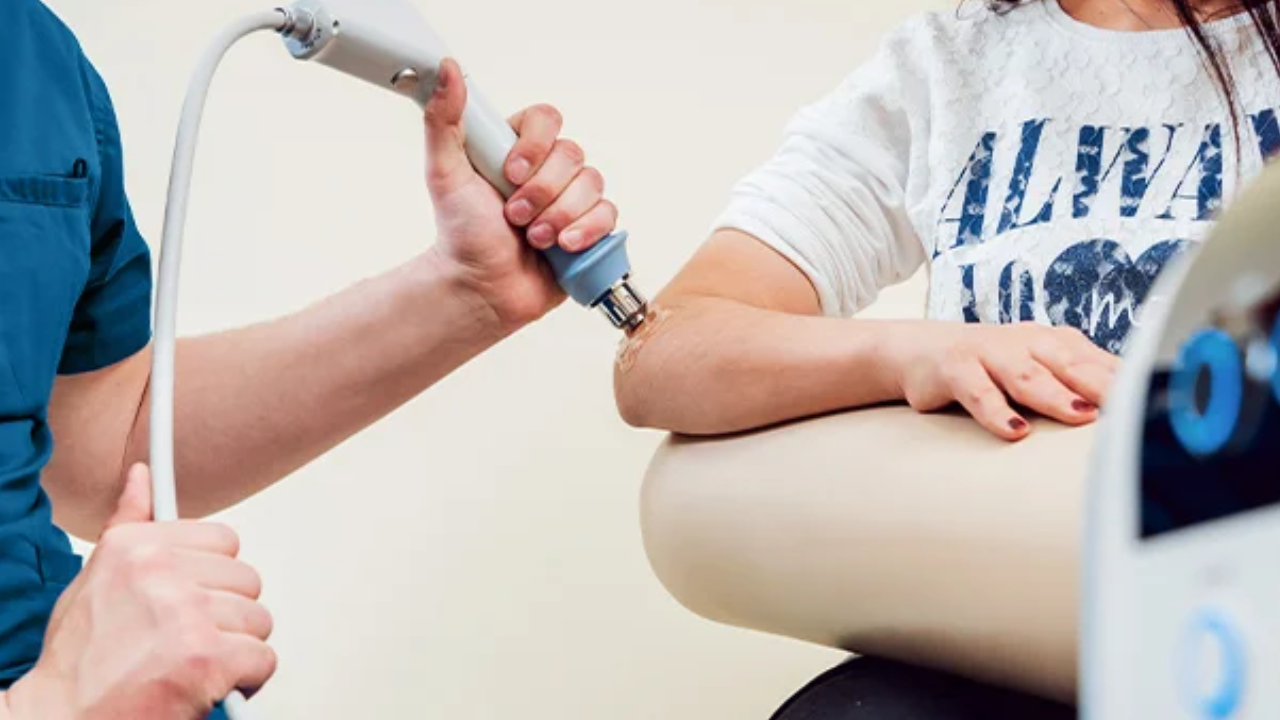Low-level laser therapy devices have risen in prominence in the field of medical technology, with some considered superior to other laser devices for certain applications. Unlike high-powered lasers used for cutting or ablating tissue, LLLT devices operate at lower intensities, providing a therapeutic impact without generating heat or causing injury.
One notable aspect of LLLT devices is their ability to stimulate cellular function and promote tissue repair while reducing heat damage. Low-intensity light emitted by these devices penetrates the skin, interacting with cellular components and eliciting favorable biological responses. This qualifies a low level laser therapy device for a wide range of medical applications, including pain treatment, inflammation reduction, and wound healing.
How Often Can People Use Low-Level Laser Therapy?
The number of low-level laser therapy (LLLT) sessions necessary is determined by the specific disease being treated and the treatment regimen advised by a healthcare professional. In some cases, LLLT may be administered many times per week, whereas, for chronic conditions, a more comprehensive treatment plan may include sessions spaced out over weeks or months. For the best outcomes, follow the guidance of a competent healthcare specialist.
The Preference for Low-Level Laser Devices over Other Laser Devices In Healthcare
This article investigates why low-level laser therapy devices are preferable to other laser devices, focusing on their safety profile, adaptability, and efficacy in treating a wide range of medical diseases.
Safety Profile
One of the key reasons these devices are preferred is their great safety profile. Low-level lasers, as opposed to high-power lasers used in surgery or industry, operate at power levels that do not cause tissue damage. The classification of LLLT devices as Class 3B or Class 4, depending on their power output. The low power levels decrease the possibility of heat injury, making LLLT a non-invasive and safe therapeutic choice.
Non-thermal Mechanisms Of Action
LLLT devices use non-thermal photobiomodulation. Instead of producing heat, these gadgets give low-level light to specific tissues, boosting biological processes without raising the temperature. This non-thermal manner of action distinguishes LLLT from other laser technologies that use higher power levels to cut or ablate tissue. Because LLLT lacks heat, it may treat a wide range of conditions without risking thermal damage.
Versatility In Treatment Modalities
Low-level laser treatment devices are extremely adaptable and find use in a variety of medical sectors. They are widely utilized in pain management LLLT's capacity to influence cellular activity without causing harm enables it to treat a wide range of illnesses, including chronic pain, inflammation, wound healing, and neurological disorders. Other laser systems may lack the versatility and adaptability that LLLT provides in therapeutic procedures.
Reduced Risk of Complications
The lower risk of problems associated with LLLT adds to its appeal over other laser systems. Surgical lasers, for example, provide intrinsic hazards of infection, hemorrhage, and tissue injury. In contrast, LLLT reduces these dangers, making it a safer alternative for patients, especially those with underlying health concerns or who are more prone to difficulties.
Patient Comfort and Compliance
Patients tolerate LLLT operations well since they are non-invasive and cause little discomfort. Other laser devices used in surgical or ablative treatments may result in pain, edoema, and extended recovery times. The ease and lack of adverse effects associated with LLLT improve patient compliance, making it an appealing option for both practitioners and individuals seeking therapeutic therapies.
Cost-Effectiveness
LLLT devices are frequently less expensive than high-power surgical lasers or specialized medical lasers. LLLT equipment's low cost makes it available to a broader range of healthcare practitioners and facilities. This cost-effectiveness, combined with LLLT's adaptability in treating a variety of diseases, contributes to its appeal as a practical and inexpensive choice in healthcare settings.
Growing Body of Research
The preference for LLLT devices is supported by a growing body of scientific research demonstrating their efficacy in diverse medical applications. Numerous studies have explored the molecular and cellular mechanisms underlying the therapeutic effects of LLLT. This research contributes to the understanding of how LT positively influences tissue repair, further solidifying its role in modern healthcare
Sum Up
The preference for low-level laser therapy devices over other laser devices in healthcare stems from their safety profile, non-thermal mechanisms of action, versatility, and lower risk of complications, patient comfort, cost-effectiveness, and the growing body of scientific evidence supporting their efficacy. LLLT emerges as a viable and preferred modality for a wide range of medical diseases, providing a balance of therapeutic efficacy with patient safety.


